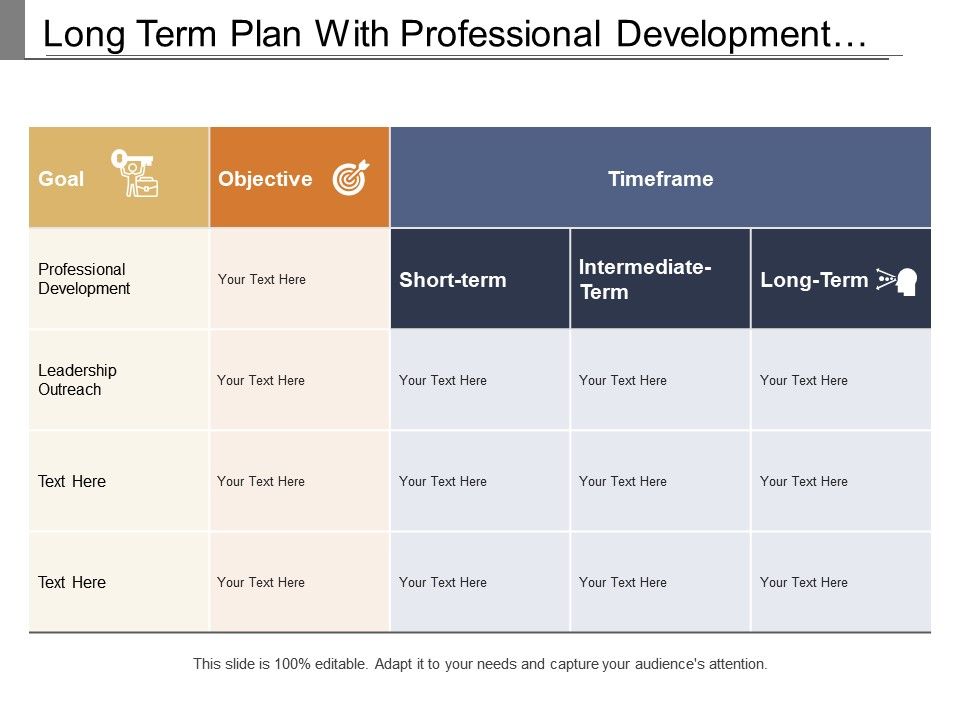

Here, we just invert our formula, but the results are usually expressed in annual terms, and so the monthly savings in the previous problem are multiplied by 12. These calculations tell us whether we can plan on this investment paying for itself in a reasonable period of time.Īnother way of analyzing this problem is to determine the return on investment (ROI). Notice that we have specified the monthly savings, so the payback period is also expressed in months. They are called the payback period and the return on investment. If the operator’s time costs $8 per hour, we can calculate two crude measures of value, and these measurements are common, simple decision aids. The larger machine is more efficient, and it reduces the number of hours required to vacuum the area from 100 a month to 90. Take the following simple situation: A new vacuum sweeper for use in public areas costs $2,000. When an organization makes an investment, it generally expects to earn that investment back within some definite period. Planning is carried out at every level of the organization. We will discuss them here, however, in order to emphasize the quantita. Moreover, we might properly include them in a later chapter on control. These tools are usually considered at some length in courses on management accounting and finance.

However, when you make decisions that will have an effect for months or years, you need more sophisticated planning tools. You can often plan for today and tomorrow “in your head.” The situation may be simple enough for you to grasp intuitively. No plan is more important to you than your own plan for yourself. Planning, policy, and strategy are not something somebody else does. If income is more important (or essential), however, you may have to alter your strategy.

This learn-first-earn-second strategy ensures practice. These goals may well dictate a policy of putting skill learning first and income second in choosing jobs while in college and perhaps for those first years out of college as well. With the conviction that personal career goals need to be identified as early as possible (without an artificial forcing).



 0 kommentar(er)
0 kommentar(er)
